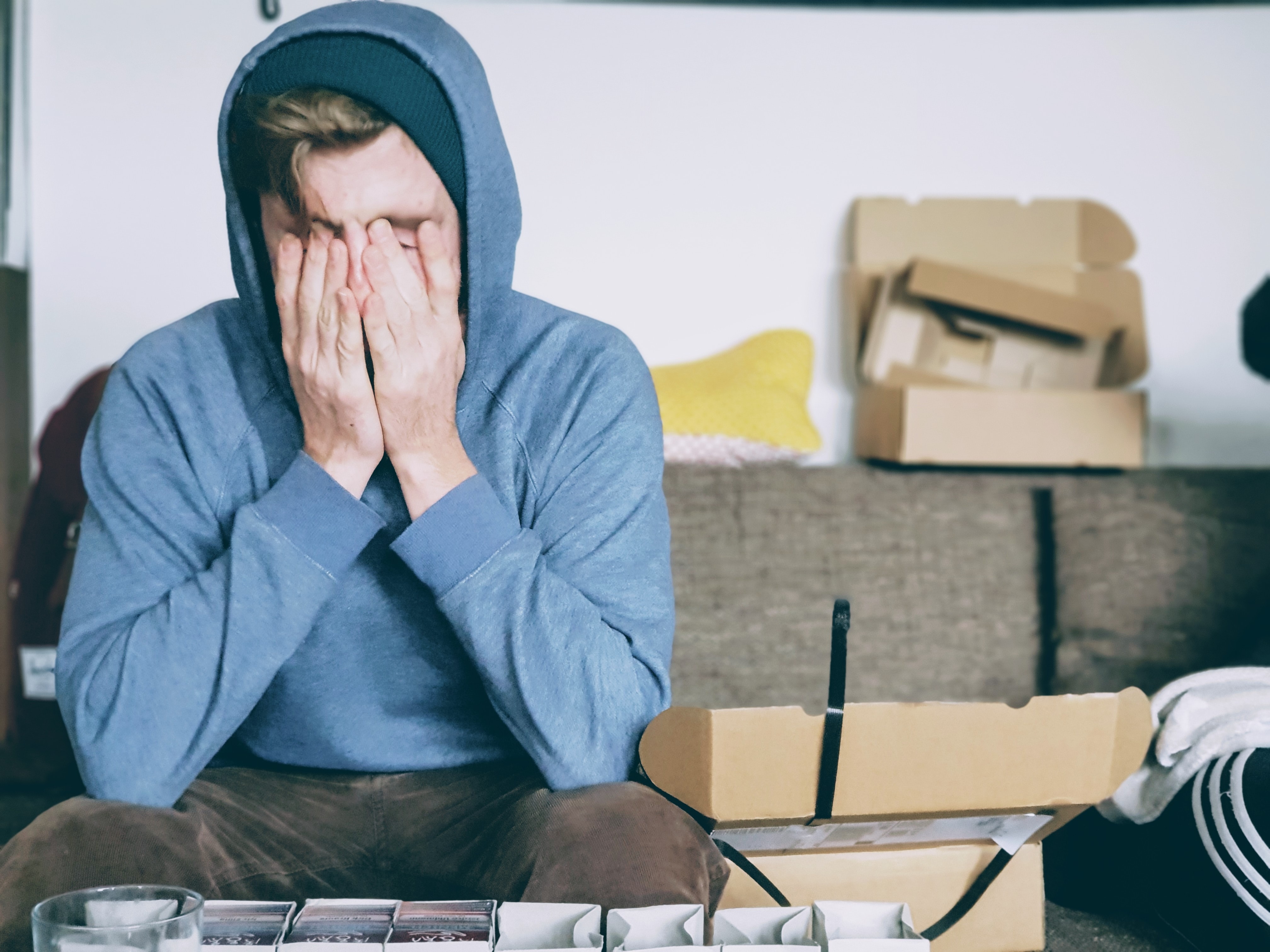Virginia is facing an unprecedented crisis as the coronavirus compounds its opioid issue.
Virginia’s opioid issue is ten times worse than it just after the onset of COVID-19 in March, according to a new report presented the study at the virtual annual meeting of the College on Problems of Drug Dependence, proving the state has been devastated by the combination of the epidemic and pandemic.
“Health care providers should closely monitor the number of overdoses coming into their hospitals and in the surrounding community during this time,” study lead author and postdoctoral research fellow Taylor Ochalek, PhD, said. “If they do notice an increasing trend of overdoses, they should spread awareness in the community to the general public, and offer resources and information for those that may be seeking help and/or may be at a high risk of overdosing.”
According to the report, “opioid overdoses at the VCU Medical Center in Richmond, Virginia, grew from an average of six a month from February to December 2019 to 50, 57, and 63 in March, April, and May 2020. Of the 171 cases in the later time frame, the average age was 44 years, 72% were male, and 82% were African American.”

“The steep increase in overdoses began primarily in March,” Ochalek explained. “This timing coincides with the Virginia governor’s state of emergency declaration, stay-at-home order, and closure of nonessential businesses order.”
The federal Overdose Detection Mapping Application Program, which tracks overdoses across the nation, issued “191% more spike alerts in January to April 2020 than in the same time period in 2019,” according to data. The findings are consistent with trends in Houston, Texas, where overdose calls were up “31% in the first 3 months of 2020, compared with 2019,” said psychologist James Bray, PhD, of the University of Texas, San Antonio. He said probable causes include “stress due to economic problems, increased anxiety over COVID infection, and more relational stress due to social distancing and quarantining.”
“Another potential factor is the disruption in the illicit drug supply chain because of limits on crossings at the southern border,” said physician Scott Weiner, MD, MPH, of Brigham and Women’s Hospital and Harvard Medical School, in Boston. “As a result, opioids of extremely variable potency have infiltrated markets, and people using drugs may not be used to the new doses, especially if they are high-potency fentanyl analogues.”
Moving forward, Bray said, in order to not be further devastated by the double impact, “people need continued access to treatment. Telehealth and other virtual services need to be provided so that people can continue to have access to treatment even during the pandemic.”
“In my previous work, we discovered that about 1 in 20 patients who are treated in an emergency department and survive would die within one year. That number will likely increase drastically during COVID,” Weiner explained. “When a patient presents after overdose, we must intervene aggressively with buprenorphine and other harm-reduction techniques to save these lives.”
Dr. Mike Brumage, former director of the West Virginia office of drug control policy agrees, citing how the pandemic has devastated many states and increased overdose fatalities. “The number of opioid overdoses is skyrocketing, and I don’t think it will be easily turned back,” he said. “Once the tsunami of COVID-19 finally recedes, we’re going to be left with the social conditions that enabled the opioid crisis to emerge in the first place, and those are not going to go away.”
Sources:
Amid Pandemic, Virginia Hospital’s Opioid Overdoses Up Nearly 10-Fold
Coronavirus Pandemic Compounds Another Ongoing Crisis: The Opioid Epidemic


Join the conversation!